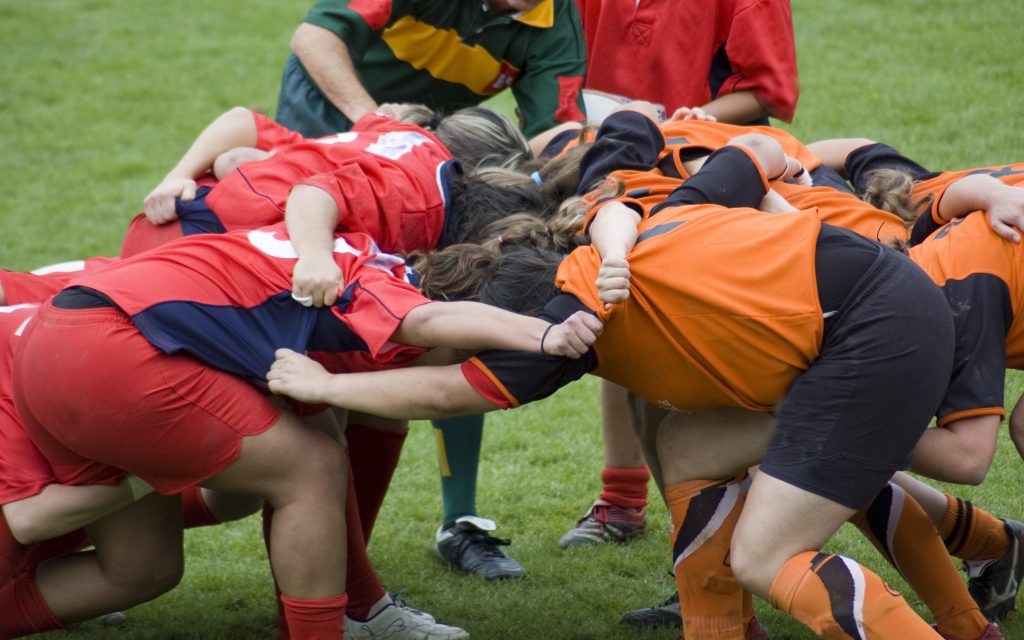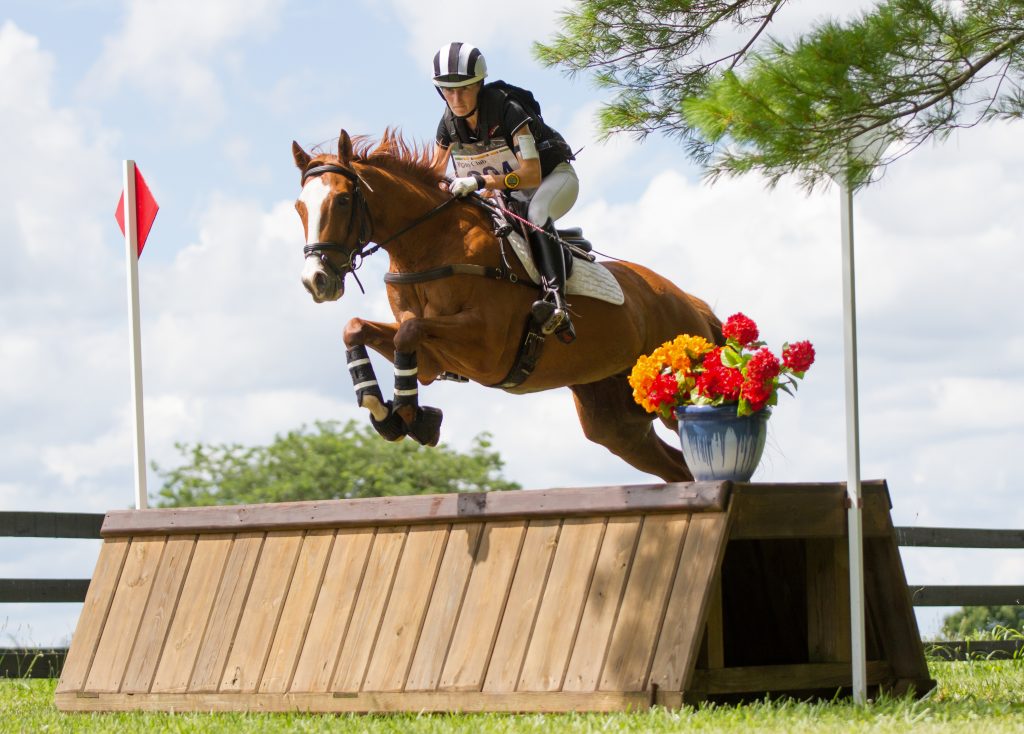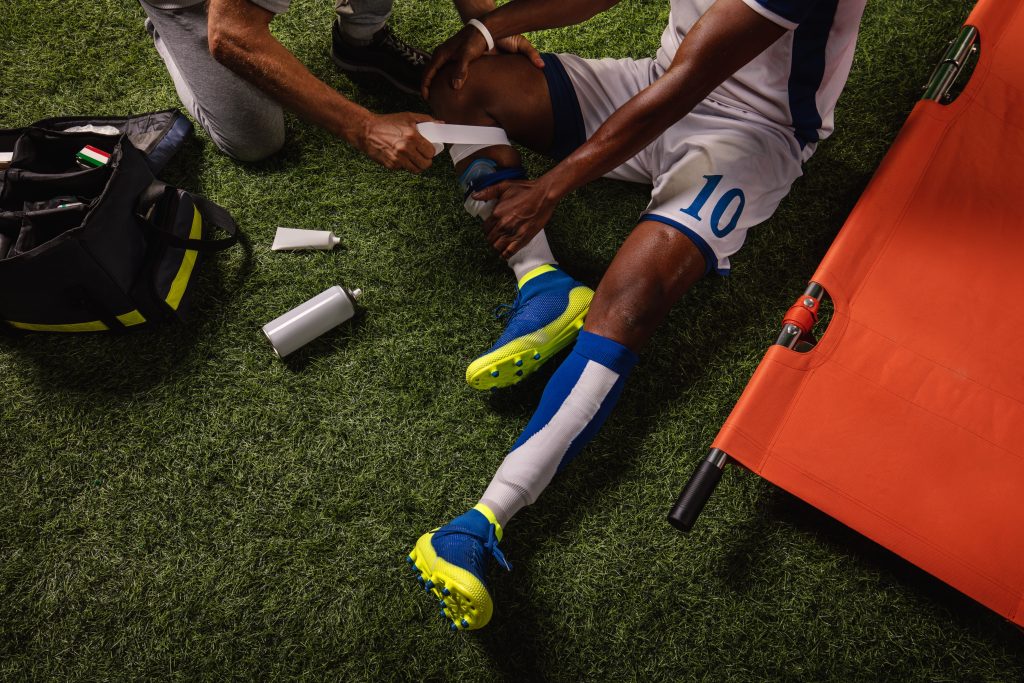Long Term Effects of Concussion
Concussions may be related to increased risk of neurodegenerative diseases, such as Alzheimer’s Disease. Data from the Baltimore Longitudinal Study of Aging reveals that concussions can produce long-lasting structural and functional changes the brain in older individuals.
Concussion in Football
Players using the crown of their head to initiate contact with another player is one of the most dangerous practices in football for concussion. Learn how rule changes and coach, official and athlete training and education are reducing the risk of concussion in football.
The Role of Group Norms in the Underreporting of Concussions in Youth Sport

This blog is the fourth installment in a series in collaboration with Queen’s University. As an assignment to build knowledge mobilization skills, Dr. Luc Martin, Associate Professor in the School of Kinesiology and Health Studies, tasked students in his third year team dynamics course to write a SIRC blog. The top five were submitted to SIRC, and will…
Concussion Management Workshop – Online
Certified Athletic Therapist will lead participants through best practices in understanding brain injury, sport risk factors, prevention techniques and concussion management guidelines. Participants will review on-field assessment techniques, the use of the Concussion Recognition Tool 5, SCAT5 tool and return to learn and return to sport protocols. Participants will be given time for sport specific…
Football Canada Concussion Management
Despite high public angst about concussions in sport, participation in football is on the rise. Football Canada reported a 44% increase in the participation of boys and girls up to the U18 level between 2014-2018. In the SIRC blog, learn how Football Canada is using research and innovative technology to keep the sport safe through…
Concussion Management
The Canadian Guideline on Concussion in Sport requires athletes returning to sport after a concussion to be assessed by a medical doctor, nurse practitioner or nurse. However, timely appointments can be hard to come by. New research from Université Laval is exploring a multidisciplinary approach to concussion management that would engage team therapists in return…
OSC Concussion Initiative
The Ottawa Sport Council’s (OSC) Concussion Education Initiative offers free education sessions for Ottawa-based sport organizations. Aligned with the SIRC Headstrong campaign, this initiative is just one way the OSC is increasing awareness about concussion management and prevention at the community sport level.
Nutrition & Injury
Did you know eating more fish could help protect you from brain injury? The SIRCuit explores the promise of omega-3 fatty acids, creatine, vitamin D, curcumin, high quality fats and carbohydrates, and good hydration in protecting athletes from sub-concussive injury.
Novel Approach to Concussion Return-to-Play Decisions Based on Canadian Research

New research from Université Laval is setting the stage for quicker return-to-play decisions that satisfy all the necessary player safety protocols by tapping into the expertise of licenced health care providers involved as team therapists. The four-year research project was led by Dr. Pierre Frémont, a practising sport physician and one of Canada’s leading authorities…
Team Norms and Playing Through Injury in Sport

This blog is the first in a series in collaboration with Queen’s University. As an assignment to build knowledge mobilization skills, Dr. Luc Martin, Associate Professor in the School of Kinesiology and Health Studies, tasked students in his third year team dynamics course to write a SIRC blog. The top five were submitted to SIRC,…